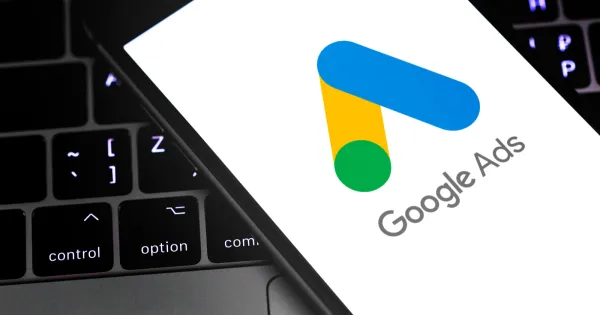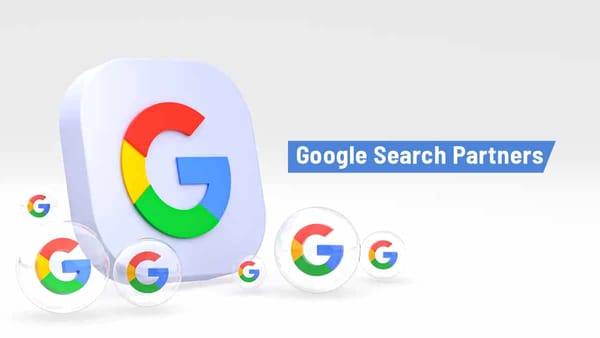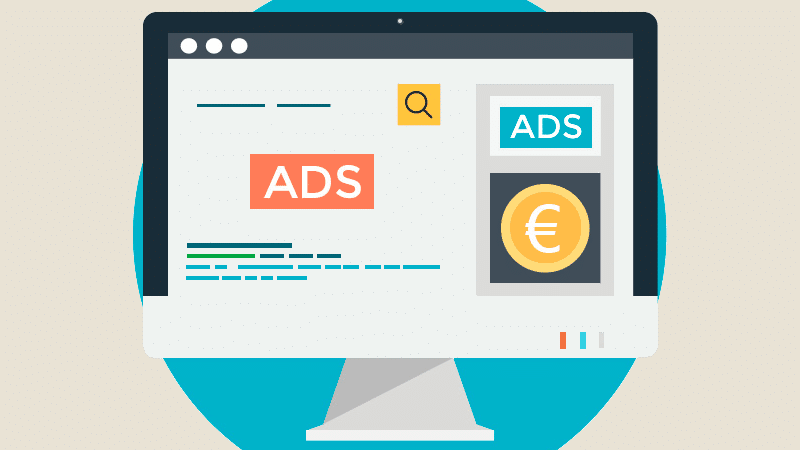Digital Marketing vs. Graphic Design: Which is Better?

Introduction
In today's rapidly evolving digital landscape, businesses are presented with a multitude of options to promote their products or services. Two of the most crucial aspects of business success are digital marketing and graphic design. But which one is more important or better for your business? While both fields play vital roles, they offer different approaches and serve distinct purposes. In this article, we’ll compare digital marketing and graphic design, discussing their individual contributions, advantages, and which might be the best fit for your business goals.
1. What is Digital Marketing?
Digital marketing involves the use of digital channels like websites, social media, email, and search engines to promote products and services. It includes strategies such as:
- SEO (Search Engine Optimization)
- PPC (Pay-Per-Click) Advertising
- Email Marketing
- Content Marketing
- Social Media Marketing
Digital marketing’s primary goal is to attract, engage, and convert leads into customers using various online strategies. It’s data-driven, with measurable results allowing businesses to assess performance and ROI.
2. What is Graphic Design?
Graphic design is the art of creating visual content to communicate messages. Graphic designers use elements like typography, images, colors, and layouts to craft designs that can communicate a brand's identity, message, and values. Some examples of graphic design include:
- Logos
- Web design
- Brochures and flyers
- Social media posts
- Product packaging
While digital marketing focuses on promoting and driving engagement, graphic design’s goal is to communicate visually and create a lasting impression.
3. Comparing the Roles of Digital Marketing and Graphic Design
Reach and Visibility
- Digital Marketing: Digital marketing focuses on increasing visibility through paid ads, organic searches, and social media. It helps drive traffic to websites, blogs, and social media platforms, ultimately bringing in potential customers.
- Graphic Design: While graphic design doesn’t directly influence visibility, it contributes by creating visually appealing and shareable content. Strong design can make ads, websites, and social media pages more attractive, increasing engagement.
Impact on Business Growth
- Digital Marketing: Digital marketing is all about growing your business by reaching a broader audience. It focuses on lead generation, customer acquisition, and retention through various online channels.
- Graphic Design: Graphic design impacts business growth indirectly. Well-designed visuals can help establish brand identity, build trust, and encourage customer loyalty. However, without the promotional reach of digital marketing, design alone might not yield immediate business growth.
Skill Set Required
- Digital Marketing: To be a successful digital marketer, one needs expertise in SEO, data analysis, content creation, paid advertising, and campaign management. Digital marketing requires staying up-to-date with trends and analytics.
- Graphic Design: Graphic design requires creativity and technical skills in design software (like Adobe Illustrator or Photoshop), color theory, and typography. A designer must understand visual communication and be able to create appealing designs that align with the brand’s identity.
4. Pros and Cons of Digital Marketing
Pros
- Wide Reach: Digital marketing allows businesses to reach global audiences through various online platforms.
- Measurable Results: With tools like Google Analytics, businesses can track and measure the success of their campaigns.
- Cost-Effective: Digital marketing can be more budget-friendly compared to traditional methods like TV ads, offering more flexibility in budgeting.
- Targeted Campaigns: Digital marketing allows businesses to target specific audiences based on demographics, behavior, and preferences.
Cons
- Requires Expertise: Effective digital marketing requires knowledge of various online platforms and the ability to interpret data.
- Constant Change: Digital marketing trends and algorithms evolve frequently, requiring continuous learning and adaptation.
5. Pros and Cons of Graphic Design
Pros
- Brand Identity Creation: Graphic design is crucial for building and maintaining a brand's visual identity.
- Visually Appealing Content: Well-designed content is more likely to engage and convert customers, making it an essential tool for marketing materials.
- Long-Term Impact: Good design can have a lasting impact, contributing to brand recall and customer loyalty.
Cons
- Time-Consuming: Designing high-quality graphics can be time-consuming and may require revisions.
- Limited Direct Impact on Sales: While graphic design is essential for marketing materials, it doesn’t directly contribute to sales like digital marketing strategies can.
6. Digital Marketing vs. Graphic Design: Which One is Better for You?
For Business Owners Seeking Growth and Reach
If your goal is to generate leads, increase sales, and grow your business online, digital marketing is likely your best option. It allows you to reach larger audiences, track results, and make data-driven decisions to optimize campaigns. Digital marketing strategies like SEO, content marketing, and social media advertising help create a direct line between your business and your target customers.
For Businesses Focused on Building a Strong Brand Identity
If you're looking to establish a brand identity, improve the customer experience, or create content that resonates visually, graphic design is essential. A strong visual identity helps differentiate your business and leaves a lasting impression on potential customers. Graphic design is particularly important for creating cohesive branding, from logos to website design, to product packaging and promotional materials.
7. Combining Digital Marketing and Graphic Design for Maximum Impact
In an ideal scenario, businesses don’t have to choose one over the other. Combining digital marketing with great graphic design can lead to outstanding results. Here’s how:
- Using Graphic Design in Digital Marketing Campaigns: Effective ad creatives, eye-catching social media posts, and compelling website designs can complement digital marketing campaigns, driving engagement and increasing conversions.
- Brand Consistency Across Platforms: Strong graphic design helps ensure brand consistency across all digital channels, making your marketing efforts more cohesive and professional.
8. Conclusion
Ultimately, digital marketing and graphic design both offer valuable contributions to a business’s success, but they serve different purposes. If you're looking to drive sales, generate leads, and grow your online presence, digital marketing is essential. However, graphic design plays a critical role in shaping your brand identity and creating a visual connection with your audience. The best approach is to integrate both, using digital marketing to drive traffic and graphic design to ensure your brand stands out and resonates with your audience.




